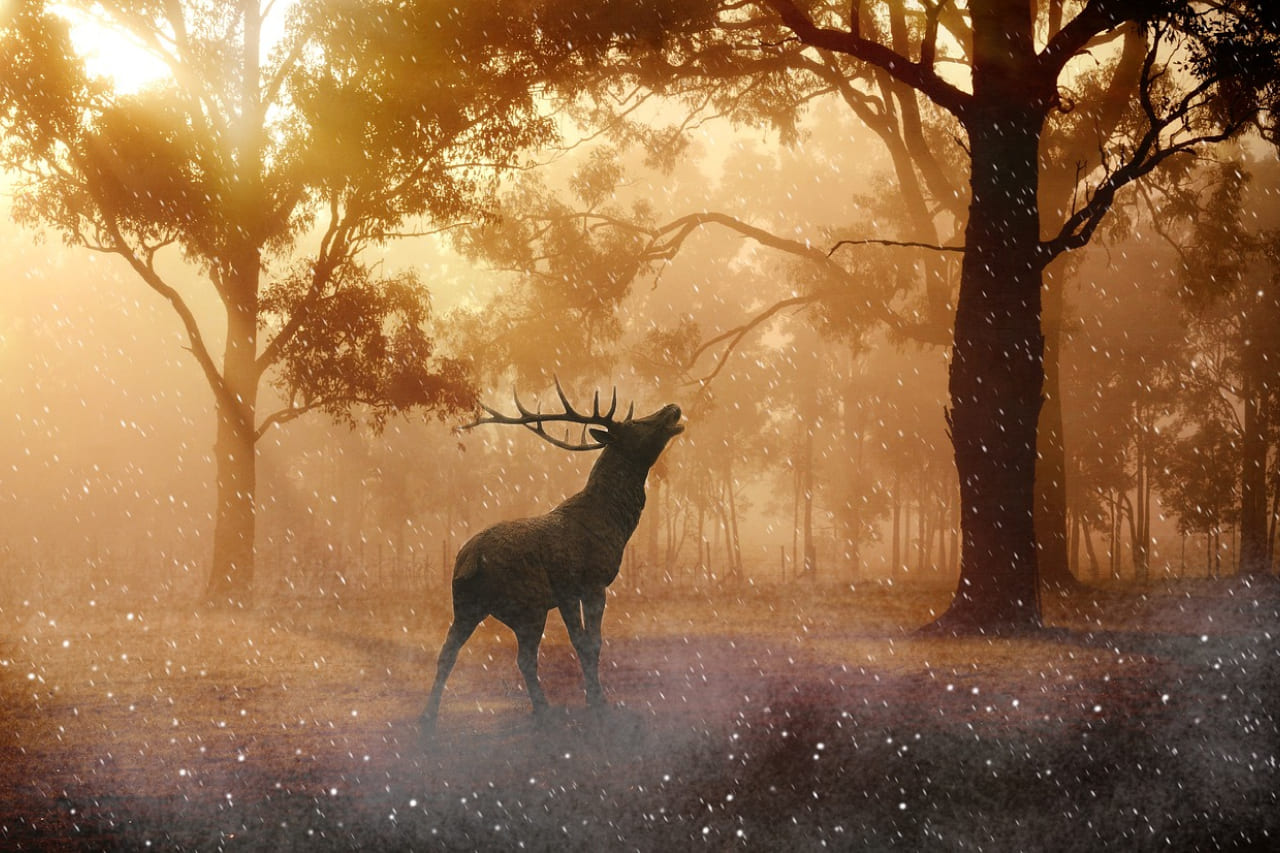
Sustainable Construction
Lorem ipsum dolor...

Giraffes are the tallest land animals in the world, known for their long necks, slender legs, and distinctive spotted coats. These gentle giants are native to the savannas and woodlands of Africa, where they roam in search of food, primarily the leaves of acacia trees. Their unique adaptations make them well-suited for life in open landscapes, but giraffes face increasing threats from habitat loss and poaching.
One of the most striking features of giraffes is their long necks, which allow them to reach leaves that other herbivores can't access. Despite their height, giraffes have the same number of neck vertebrae as most other mammals—seven—but their vertebrae are much larger and more elongated. This adaptation gives them a feeding advantage in areas with limited vegetation.
Giraffes also have long, prehensile tongues that they use to strip leaves from branches. Their tongues are tough and covered in thick saliva, which protects them from the sharp thorns of acacia trees. Giraffes spend most of their day browsing for food, consuming up to 75 pounds of leaves daily to sustain their large bodies.
Giraffes are social animals and typically live in loose herds. They have strong social bonds, especially between mothers and calves. Giraffe calves are born after a 15-month gestation period and can stand and walk within hours of birth, a necessity for survival in the wild.
Unfortunately, giraffes are facing declining populations due to habitat destruction, illegal hunting, and conflicts with humans. Some giraffe populations have decreased by up to 40% in the last three decades. Zoos around the world are involved in conservation efforts to protect giraffes, including breeding programs and habitat restoration projects. By educating the public about these gentle giants, zoos help raise awareness of the need to protect giraffes and their habitats.